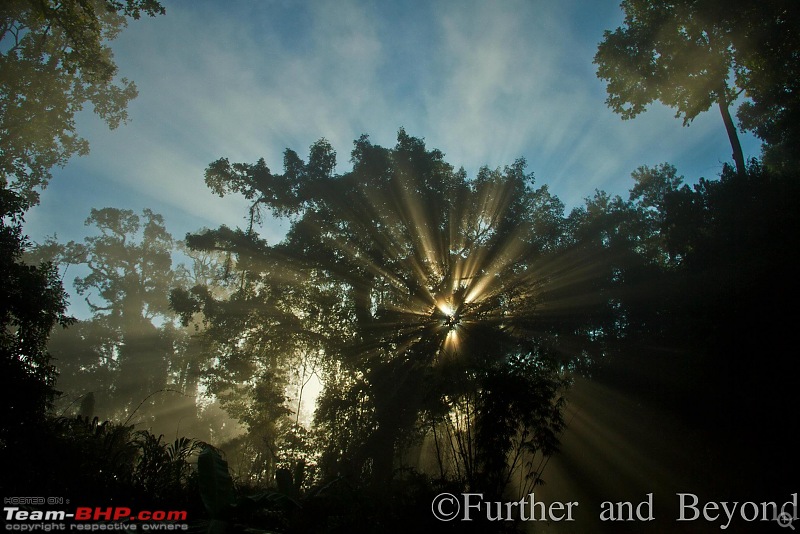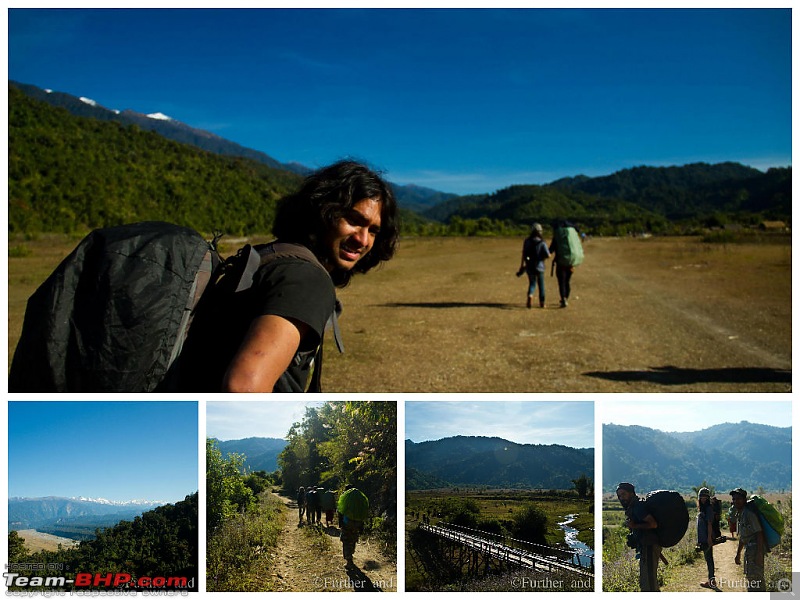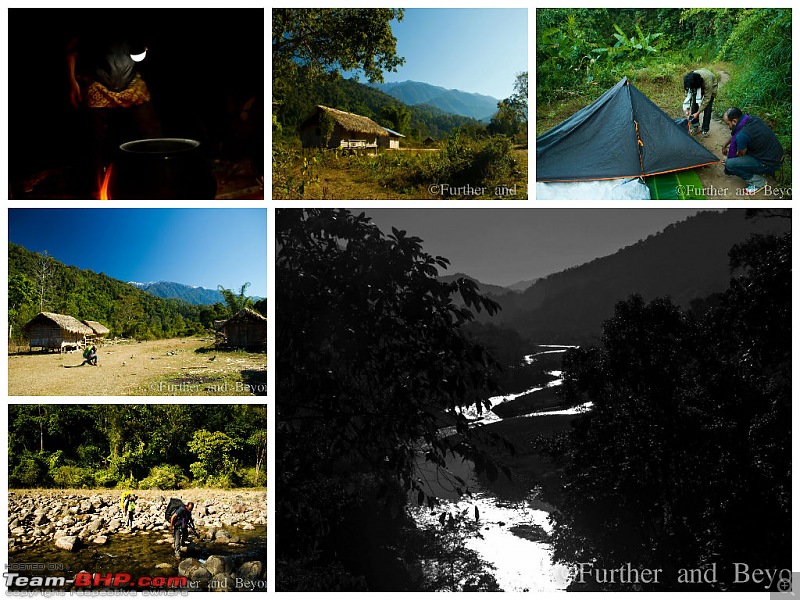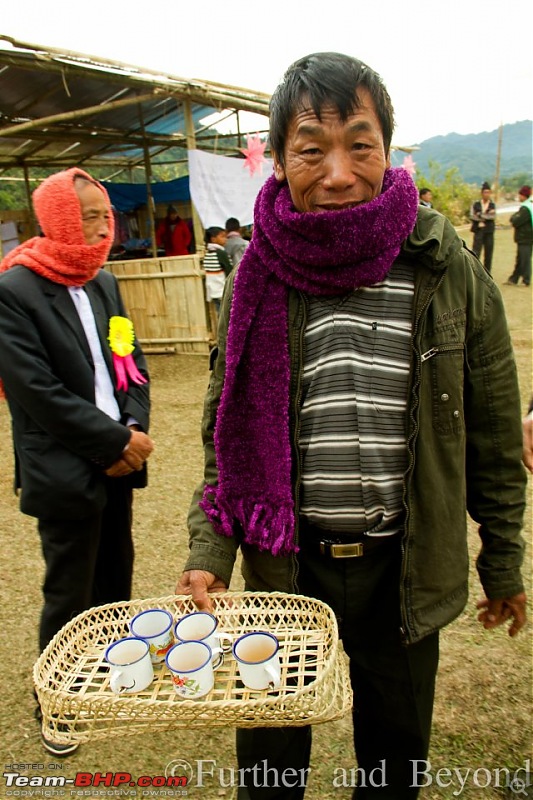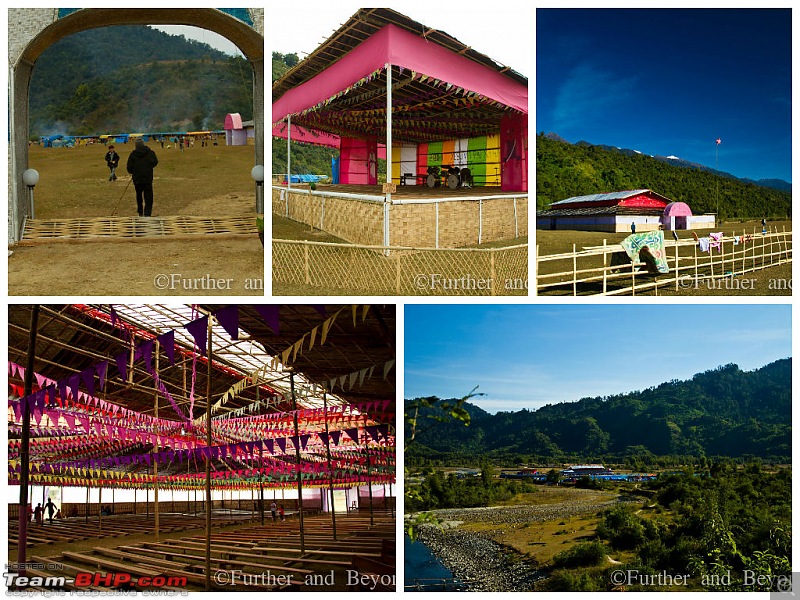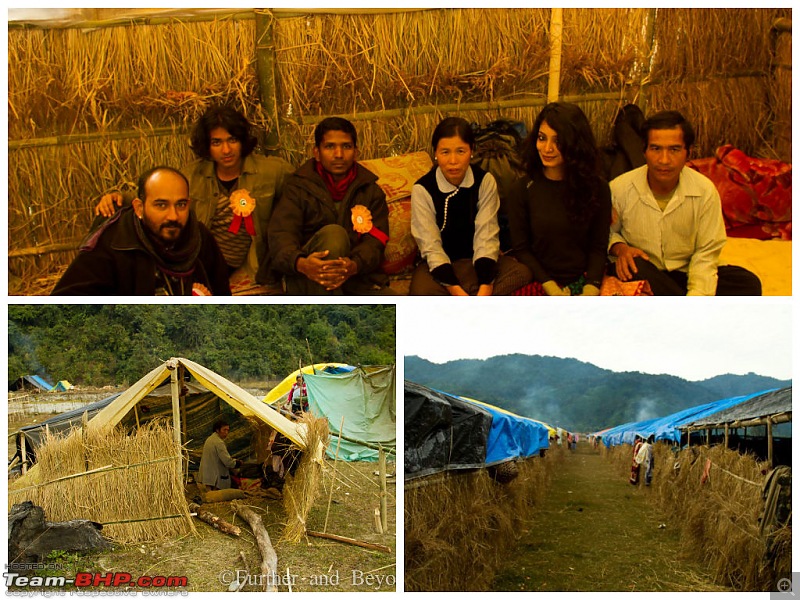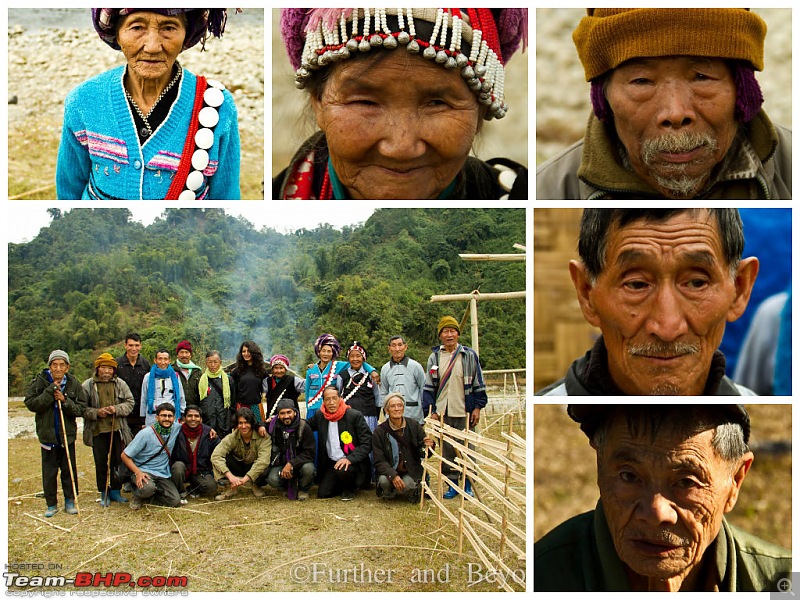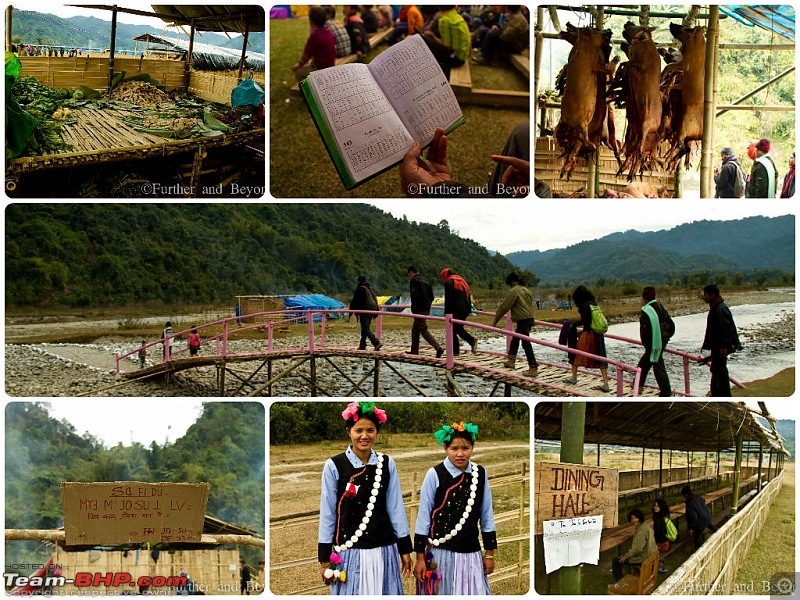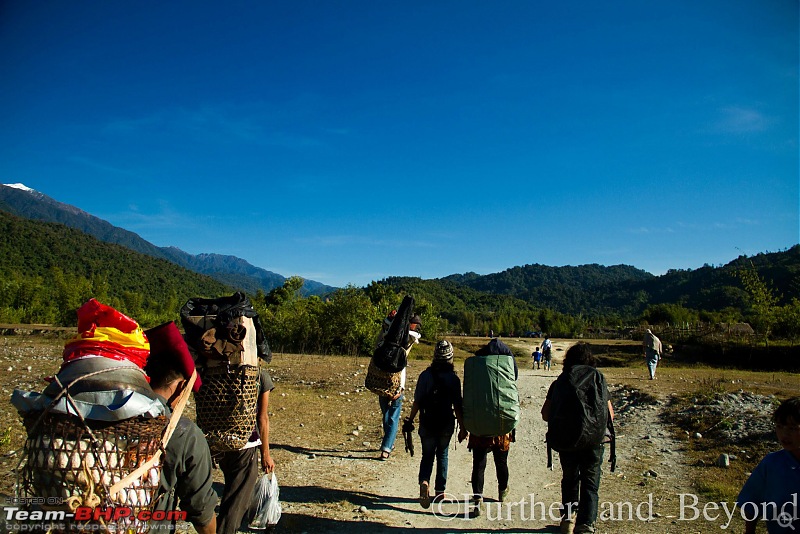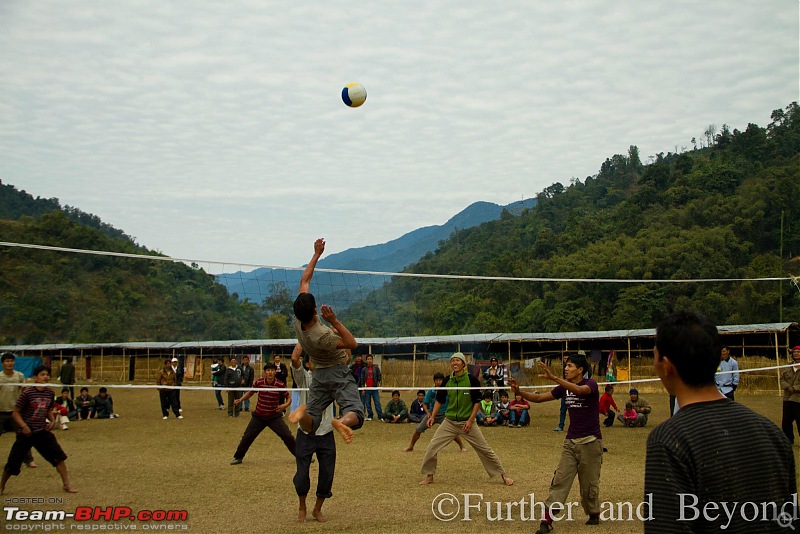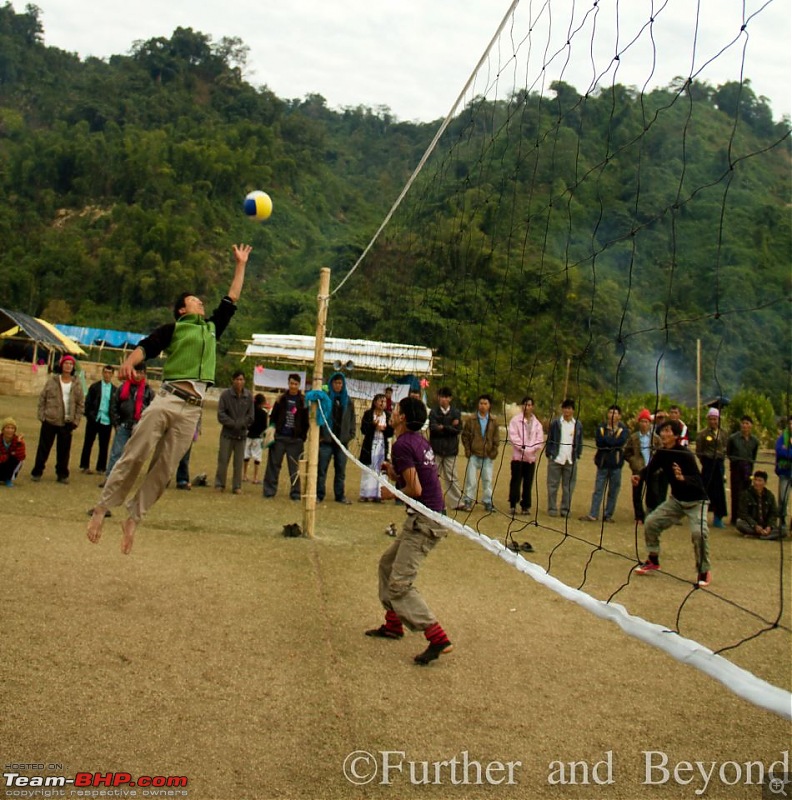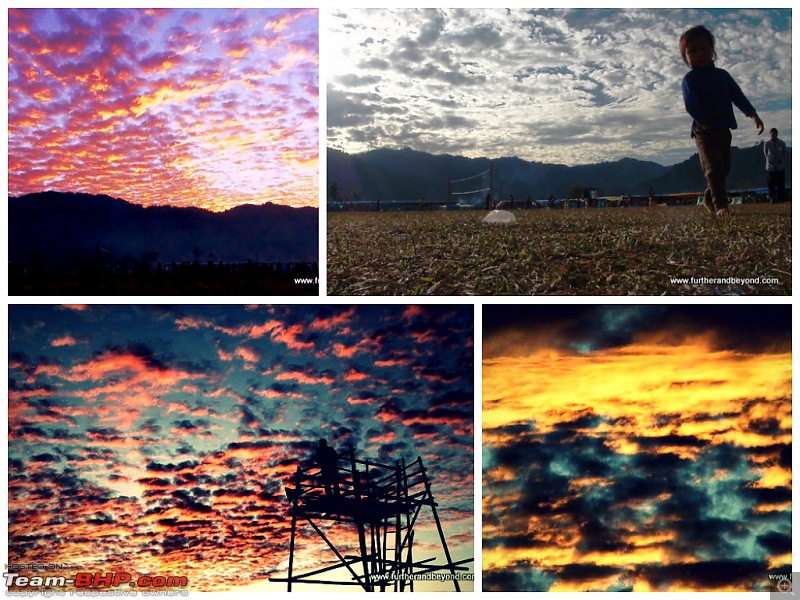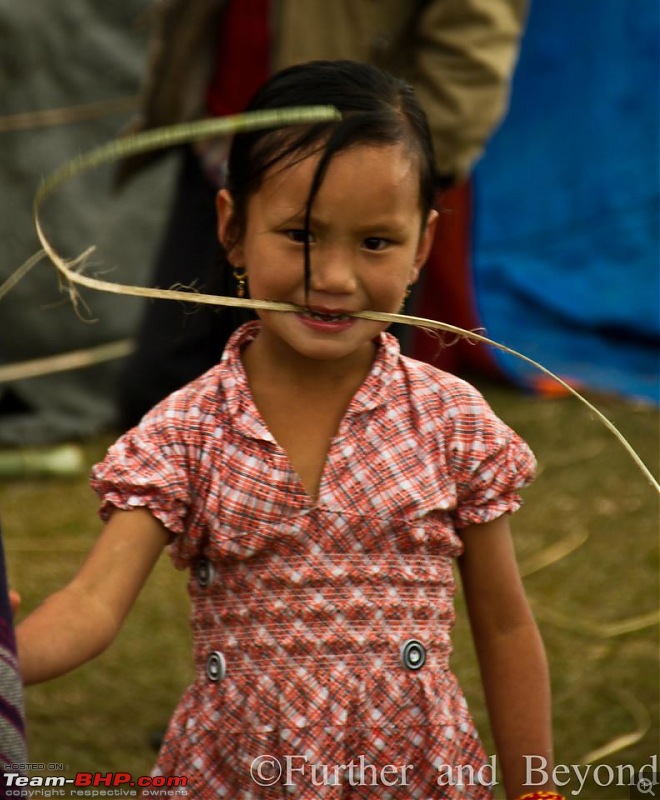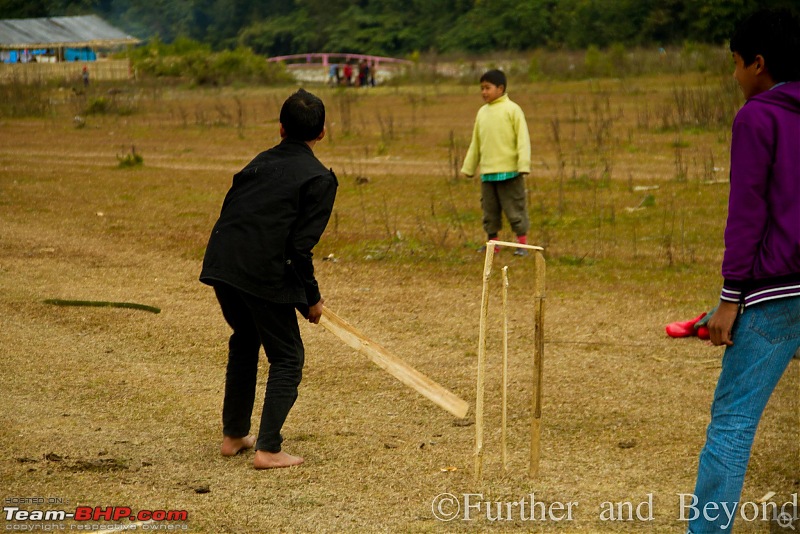Hello Team Bhp,
Greetings from the road.
On a journey, where movement is a constant and when you let the flow direct you, many things happen. It is like catching a wave and riding along it…. You desire to stay on the wave, and then you suddenly see another wave, which catches your attention, and that wave takes you to a shore unthought-of ... A good things about going with the flow is that your are never disappointed, coz you don’t really know what destination you will arrive.
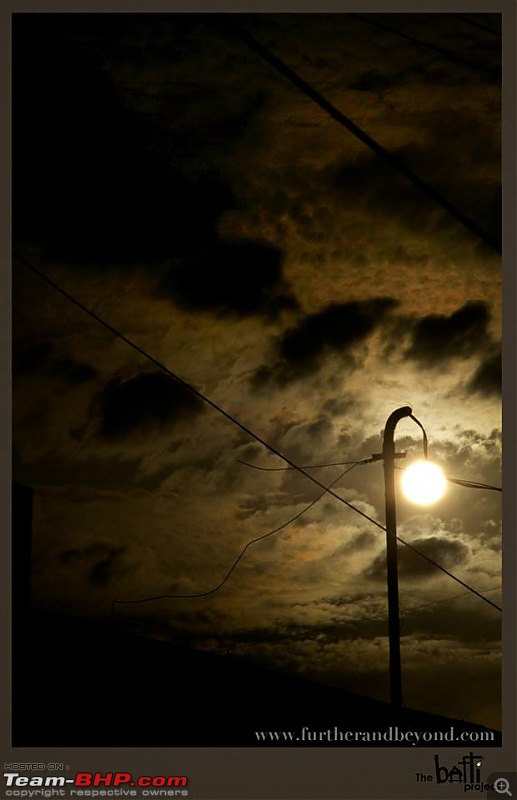
Lighting up a village in Eastern Arunachal opened up newer paths for me, paths where it would have been difficult to reach without a pretext of purpose. Now In my 4th year, the journey continues however, I have lagged behind for 2 years in updating this blog, hence let me back track to November of 2011… this is the time when in Kaziranga we had just heard that there were 2 incidents of tigers killing villagers around the area.
In the midst of a lot of stories of how the forest department was responsible for the deaths, i headed with Mukul a friend from Bangalore who wanted to share a bit of my wanderlust. We headed to Miao, where I wanted to re-connect with some of the Lisu families and to organise our trip for Christmas… During the first visit we were invited for Christmas and we were to carry with us some integrated solar bulbs that we could distribute for Christmas.
Kaziranga-Moran-Dibrugarh-Makum-Ledo-Jagun-Kharsang-Miao.
380 kms later, at Miao we pitched our tents by the noa-dihing river and made that our hamlet for the next few days, occasionally joined by some local tribes men who would come to catch small fish by the river, it was a new skill to learn and both Mukul and I jumped in.
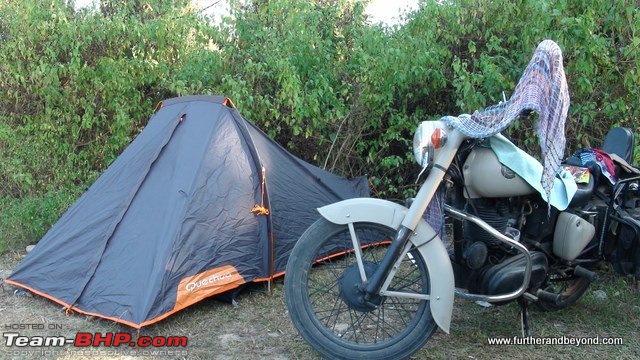
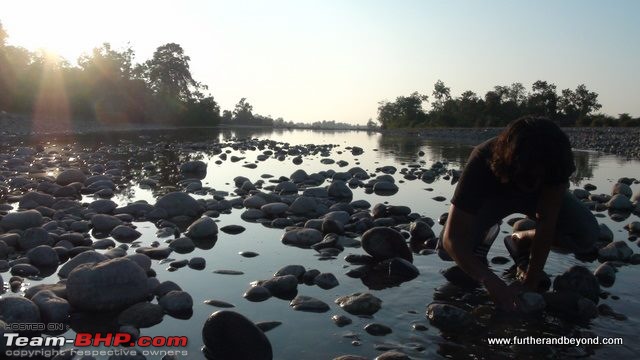
Shortly after that we headed for a trek into Namdhapha wild life sanctuary to check some campsite and spot some hornbills. Namdapha rich with its flora and fauna did not disappoint. Felt like a birding trip looking at the canopy of the forest listening to the flapping sounds of the magnificent Hornbill, almost forgetting that there were some creatures rather dangerous like the king cobra on the forest floor.
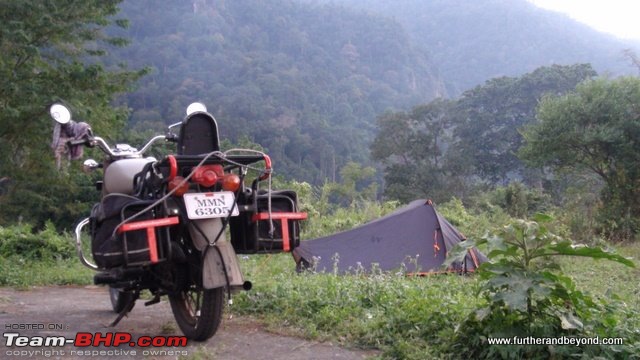
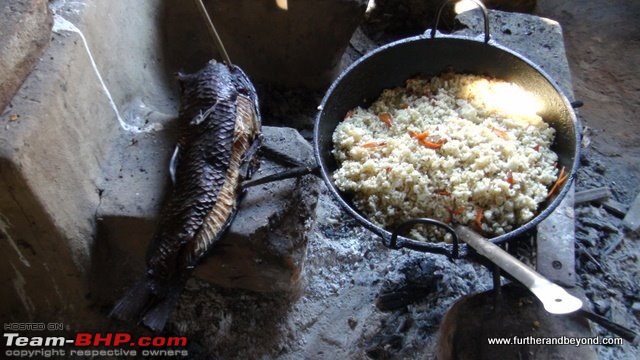
Christmas was still to come, and I was still awaiting the shipment for the Lisu people. Hence I decided to go and see another state and it made perfect sense as Nagaland was hosting its 10th Hornbill festival.
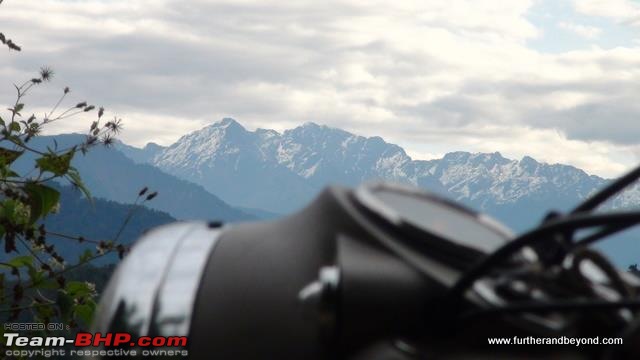
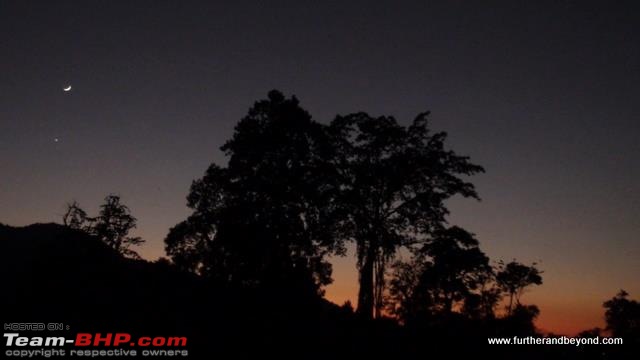
My wheels took me from Namdapha (Deban) through an inside route to Wakro (around glow lake) to Namsai and into Assam. The wheels continued into upper Assam, to Golaghat – Dimapur and finally Kohima.
Nagaland greeted us with a pretty but intimidating site: - young female cops in smart uniforms with sunglasses and an assault rifle in hand, and they meant serious business. Not to take away from the male cops, all fit and strong as if they were just out of an action movie scene. Definitely the place and the people did not look, as they were part of India.
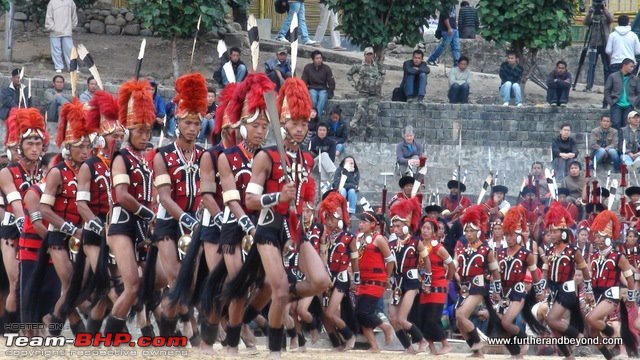
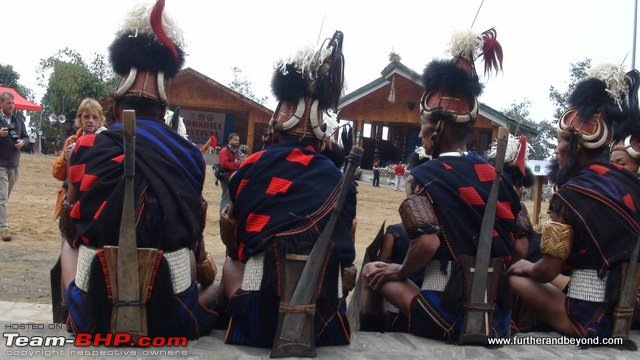
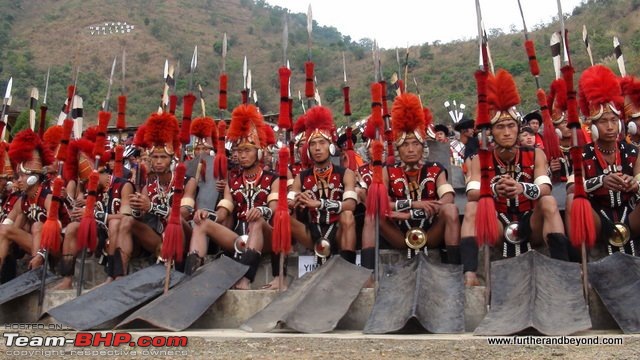
The hornbill festival was colourful and the state had created a platform for the locals and the outsiders to get a glimpse of the Naga traditions, folklore and cuisine. However this did not seem to catch my fancy, for the way it was going for me I had to see these traditions in its native villages to truly understand and experience the culture of Nagaland.
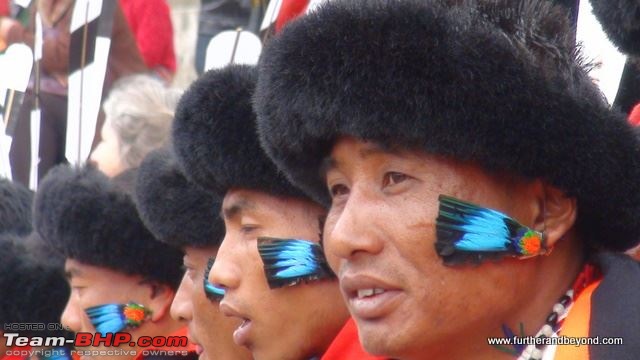
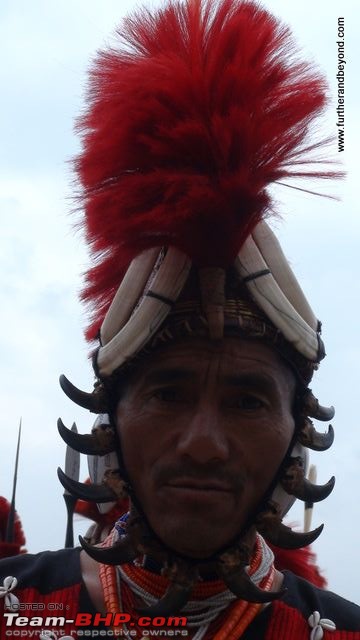
Hence I arranged with a local friend to go a remote village in eastern Nagaland, The village I was going to go was called ‘Panso’ a small isolated settlement in Tuensang district home to the Khiamniungan tribe.
To begin with I did not know how much of a distance I was travelling as no one could give me the distance in kilometers to the village I was supposed to go. They just drew me a map with the stops on the way and told me where to stop for the night.
As one goes further from the capital the road starts to fall apart, automatically the average reduces to 40 kms an hour but there are patches between to try make up for the time lost. Language also starts to become a barrier, in towns you can get away with English but as you go towards the villages, you will hear the local naga dialects along with Nagamese (sounds more like a mixture of Hindi and Assamese). Hence your communication restricts to a few familiar words and sign language.
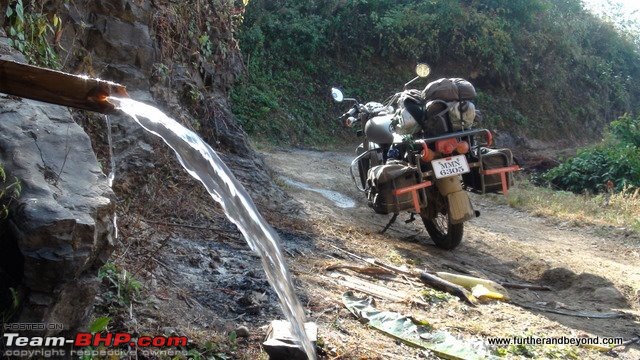
Kiphire is where I had to reach to be able to find any stay for the night, by the time I reached there I had ridden 160 km climbing several hills and villages belonging to various tribes including pFutsaro the highest located town in Nagaland and even a small stretch in Jessami (Manipur).
As much as I dislike it, I had no choice but to keep riding in the dark, and the days are shorter in winter here. However, this night was special. It was the eve of 11.12.11 not that I have any particular belief in the number, but because of the lunar eclipse that was happening in the corner of my eyes while I was riding. It was a show to remember over the outline of the Naga hills in the dark with clear skies, twinkling stars and the moon hidden behind the shadow of the earth making it more earthy for a little while, you are constantly on the move trying to catch a glimpse of the eclipse while still focusing on the road. That night I stayed at a hostel in Khipire with another 80kms to reach Panso.
On the road to Panso you get the feeling of isolation, no traffic and no people can be found, after a while a weird sense of eeriness sets in like you are lost in the middle of nowhere, all you have is winding roads and endless hills and a hope that the road will lead you to somewhere.
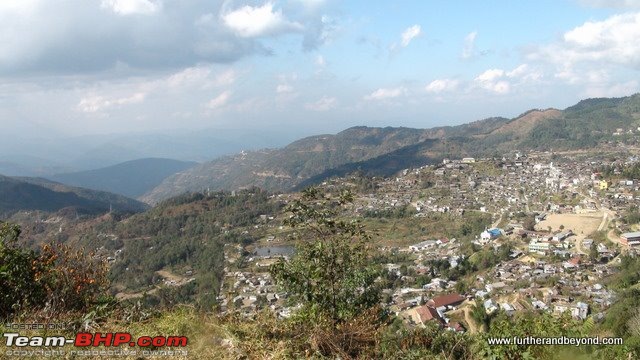
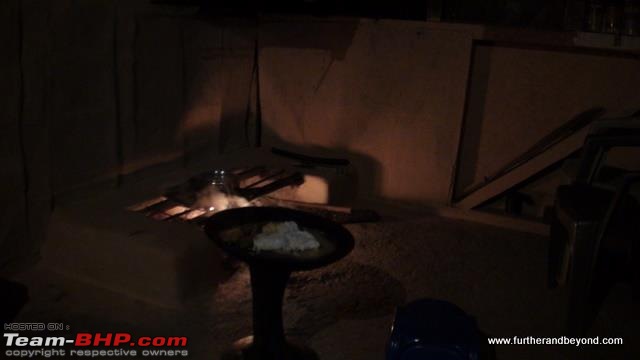
The last 20 kms is off the main road on a track that has been cut out from the fields alongside the hills. Like most villages Panso is perched on top of the hill and belongs to the Khiamunigan tribe. The village has about 500 households and 4 to 5 churches where people can go for worship. Though the village has been provided with school and electricity it still is very backward in economy, there is absolutely no source of Income; most of the farm produce is consumed within the household. Bee culture is however picking up and the villagers see a potential income in this venture. The road condition is so bad that the vehicles that ply on that route charge Rs 200/- per person to take them to town which is just 40kms away, where any kind of trade can be done.
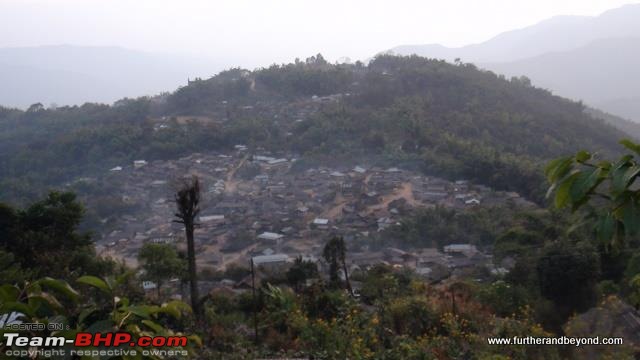
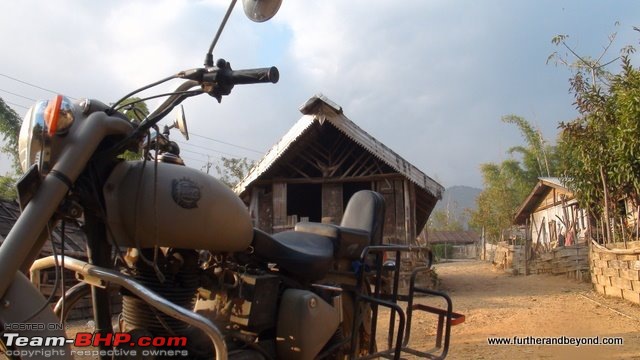
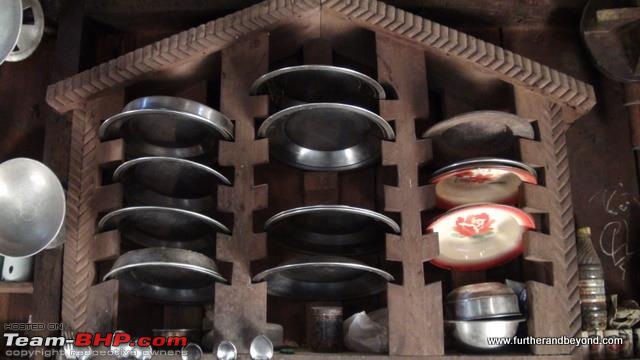
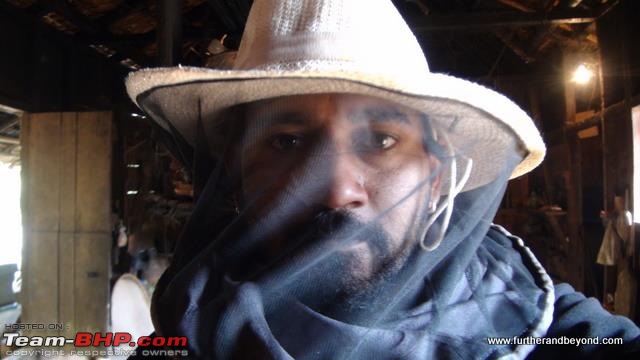
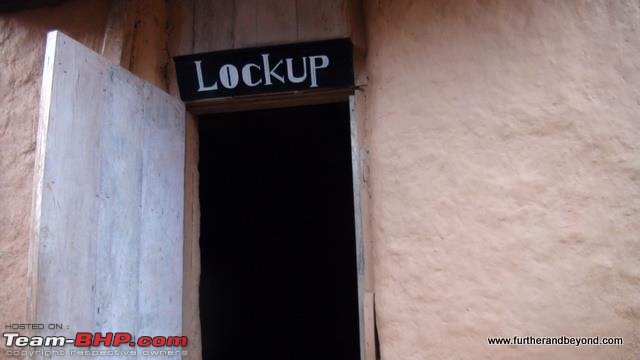
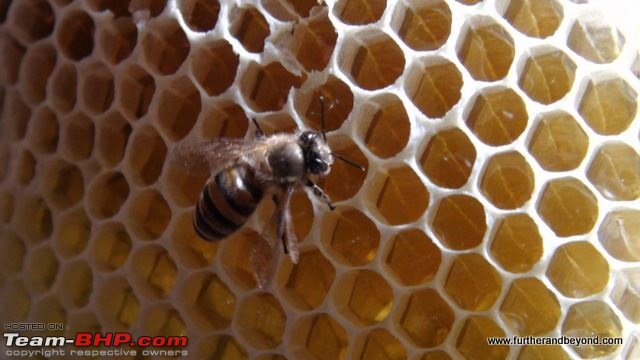
The entire tribe is Christian due to some efforts by English missionaries some 200 yrs ago, no alcohol is served in the village, to maintain law and order there are village guards who act like cops and they also have a lock up for anti social elements. After embracing Christianity these aggressive and once a warrior tribes seem to have sobered down giving up the practice of head hunting which the nagas tribes were known for, other traditions of the Naga’s have almost died out. Hence the Hornbill festival is an desperate effort to revive the naga culture and tradition. I have also been told that all the loctrums were burnt down by the newly acquired conservative religion only to later realize by the elders that they were losing a part of their own identity. Only in the last 5yrs there have been efforts to re-install them to honor the traditional culture of the tribes.
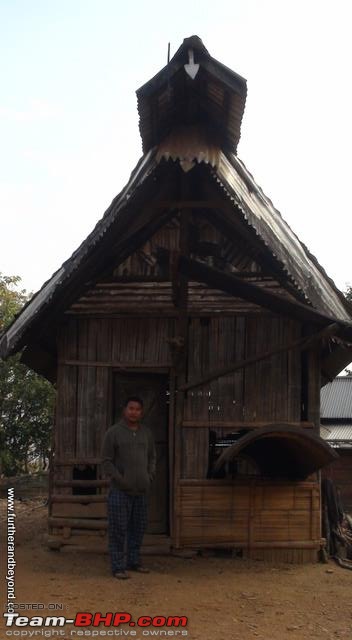
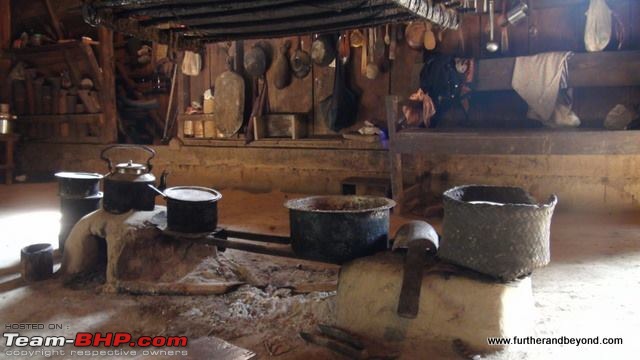
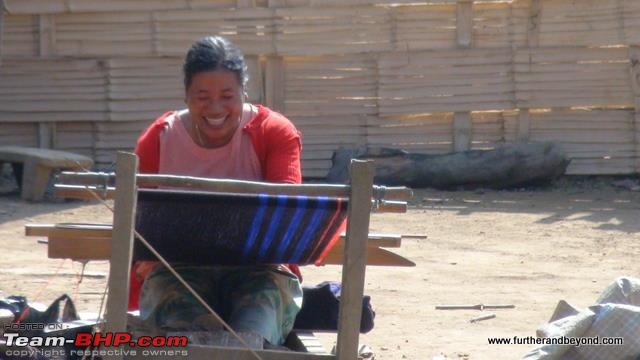
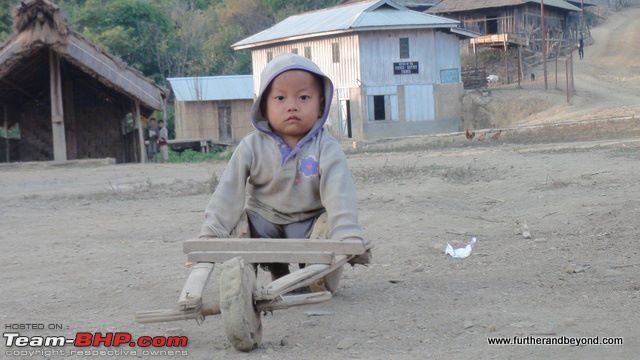
Loctrums are huge tree stalk made hollow in the center, which acts like drums used, in the olden days to pass messages or warn about any intrusion by the enemies.
In Panso I was invited to live with a village pastor who showed me around the village and made my stay very comfortable. Though he did not speak any language that I knew we managed to communicate with just a few words of English that he was aware of.
Winters in Nagaland is very Christmasy, you feel the Christmas spirit with the fairy lights twinkling all over the hills at night, with carols ringing inside your ears in the morning. Christmas was approaching fast and I had to move again to participate in the festival with the Lisu tribe.
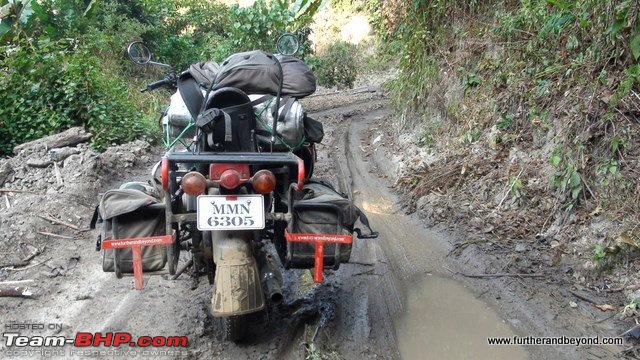
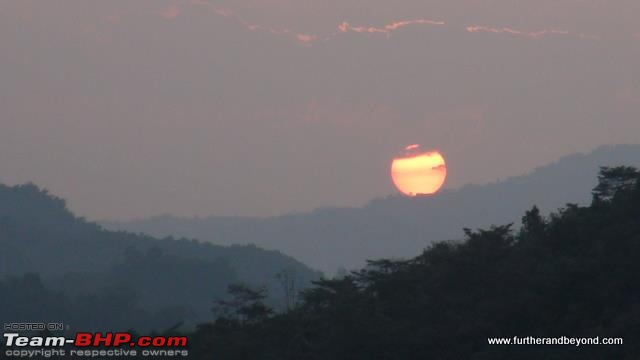
I made my exit from Nagaland thru Tuensang and Mokokchung witnessing what seemed like 3 sunsets in a day while coming down the beautiful Naga hills. In the end I had completed a circuit of 800km inside Nagaland and I believe this is just the beginning of my journey within the Naga hills.
PS: I did not see any stray dogs in Nagaland.
 (23)
Thanks
(23)
Thanks
 (1)
Thanks
(1)
Thanks
 (12)
Thanks
(12)
Thanks

 (1)
Thanks
(1)
Thanks

 (1)
Thanks
(1)
Thanks
 (1)
Thanks
(1)
Thanks
 (3)
Thanks
(3)
Thanks

 (6)
Thanks
(6)
Thanks
 (2)
Thanks
(2)
Thanks
 (1)
Thanks
(1)
Thanks
 (1)
Thanks
(1)
Thanks
































